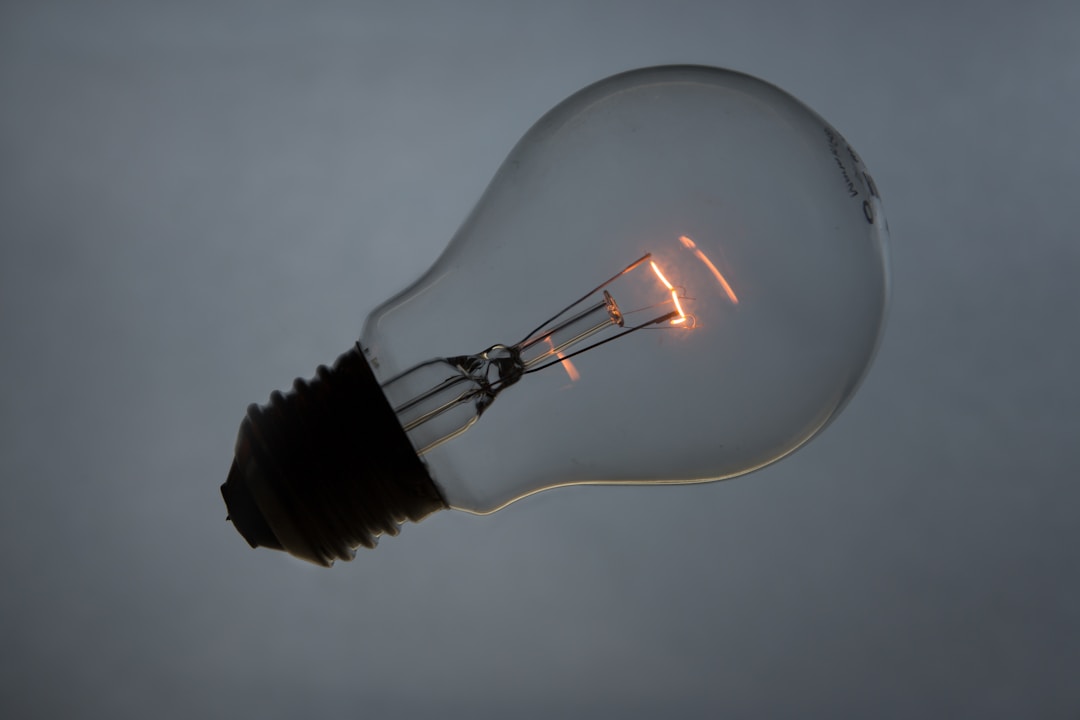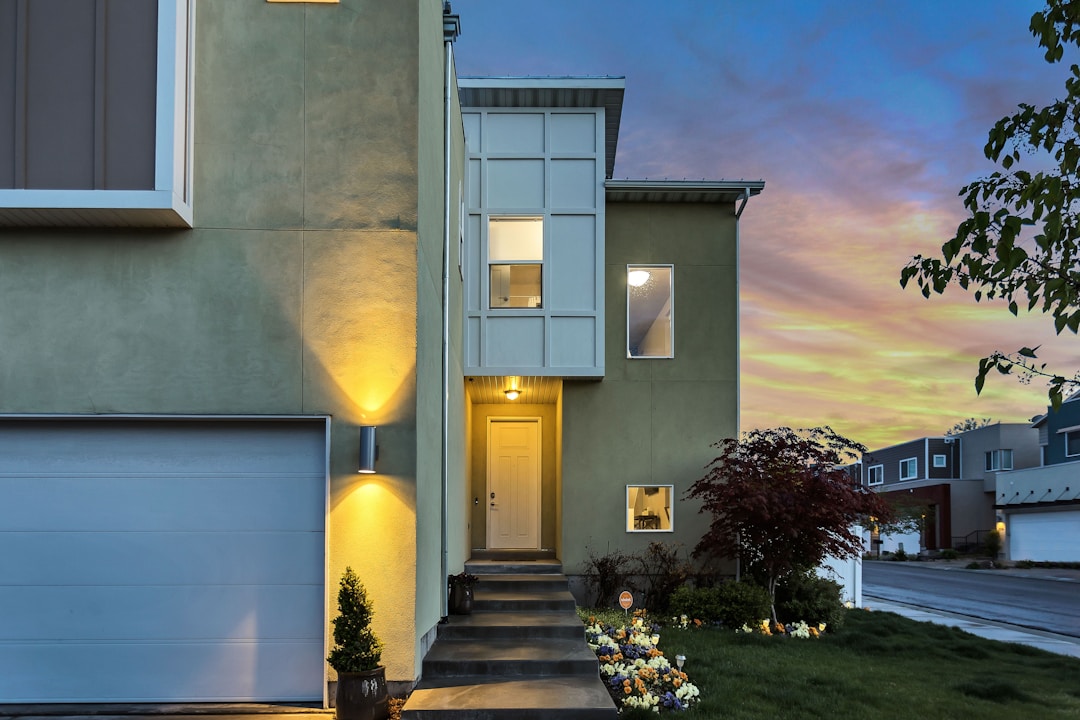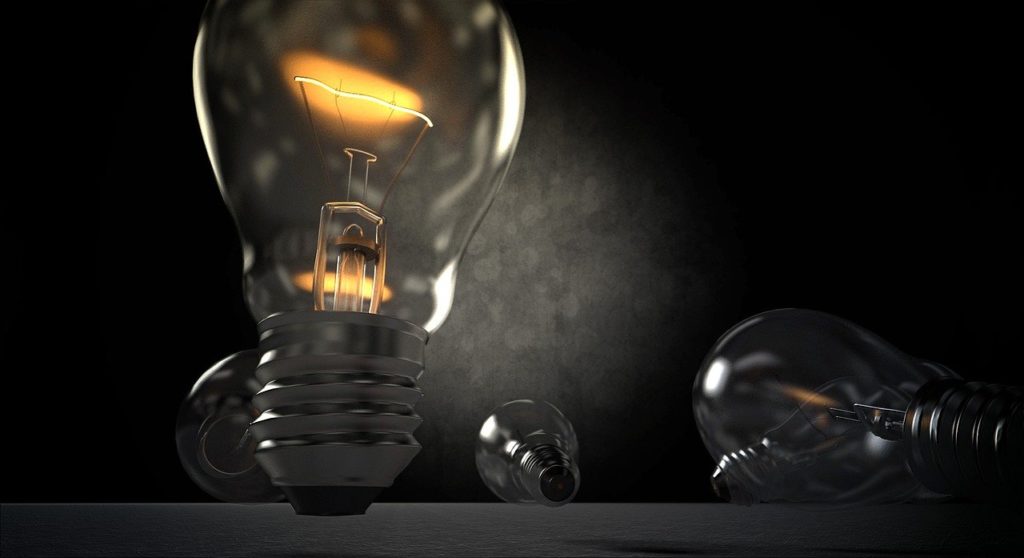Most homeowners don’t realize how many lightbulbs are installed in fixtures around their homes. They also don’t realize just how much energy these bulbs consume and how much they contribute to monthly electricity bills. Traditional incandescent lights consume a lot of energy and aren’t very environmentally-friendly. Take a look at why switching from filament light bulbs to energy-efficient bulbs is a smart way to save money on your monthly bill.
What is an energy-efficient lightbulb?

The main difference between traditional incandescent options and energy-efficient bulbs is how they produce light. Traditional bulbs heat a wire filament until it glows, whereas energy-saving lights produce light in two ways. A compact fluorescent light (CFL) is a type of light bulb that contains glass tubes filled with mercury vapor and electronic ballast. When you flip the light switch, electricity causes the mercury vapor to emit ultraviolet light, which produces a bright light. CFLs consume 75 percent less energy than traditional bulbs.
Light-emitting diode (LED) bulbs pass an electric current through a silicon diode component to produce light-emitting particles. LEDs convert more than 90 percent of energy to light while producing minimal heat, unlike incandescent bulbs which only convert 10 percent of energy to light. Consuming less electricity to produce the same amount of light results in savings in your monthly energy bill. Another energy-efficient type of light bulb that uses less energy is the halogen light bulb.
Make sure to choose the right lights for your home.

The first step in making the switch from traditional lighting to energy-efficient lighting is to determine which light bulb fitting you need. Take a look at what types of lights you already have so you can select the right fitting. There are two main categories of lights: directional, which acts as a spotlight, or omnidirectional, which throws light around the room. The shape of the bulb you choose will affect how light is given off.
The brightness of incandescent bulbs is measured in watts, while the brightness of LEDs and CFLs is measured in lumens. You can use a chart to determine the equivalent measurements for each type of energy-efficient bulb compared to incandescent options. Think about how bright you like your lights to be. Do you prefer soft, warm light, or cooler, white light?
When the holiday season comes around, a great way to save money on your electric bill is to use professional-grade LED Christmas lights. Christmas Designers have the best Christmas lights and decorations on the online marketplace. Their LED mini lights consume less electricity and produce colors more vivid than traditional Christmas lights. Every light set is made with durable wires that can be connected into more impressive strings of lights than traditional mini lights. From net lights for bushes and rope lights and icicle lights to bring your backyard to life, the online retailer offers the best choice for all your holiday season needs.
Shop for a better energy rate.

Not all energy plans and energy providers are the same, and you could be paying a lower rate that results in significant annual savings. When you compare electricity plans, it’s important to consider your household needs, the condition of your home, the type of connections you have available, and whether your home is equipped for renewable energy. Before switching your electric supplier, make sure the new electric plan will result in the best rate possible. Be sure to determine your current electric rate per kilowatt-hour (kWh), whether there are any fixed costs or service fees, whether you qualify for a discount for on-time payments, and whether there is an early termination fee.
You can shop for cheap electricity rates from a range of electric providers in your service area with the help of iSelect.com.au. From renewable energy and natural gas to traditional energy plans, you can find an affordable rate plan that best suits your needs.
When it comes to reducing the amount of your average bill, switching from traditional lights to energy-saving light bulbs is a great way to bring the same amount of light into your home for less money.











